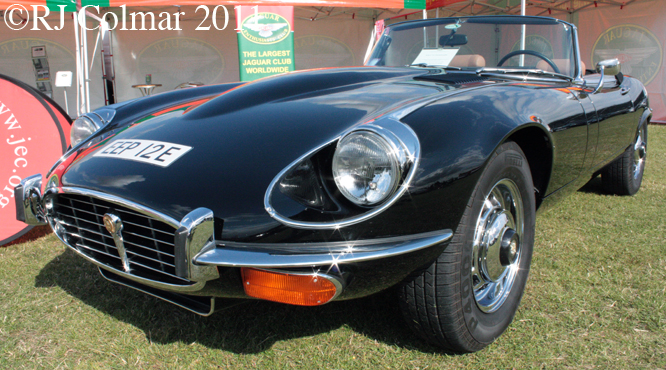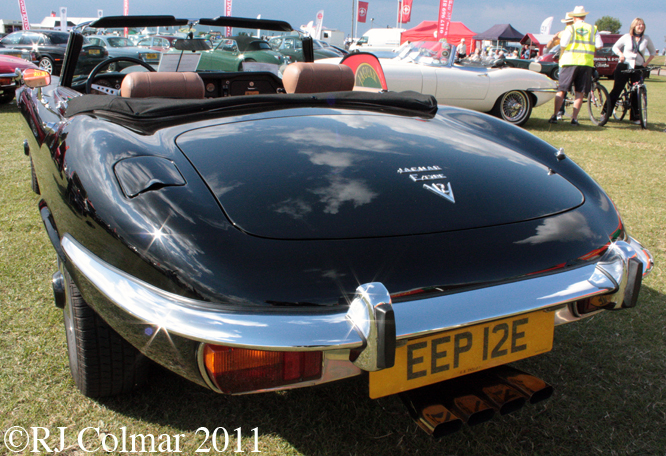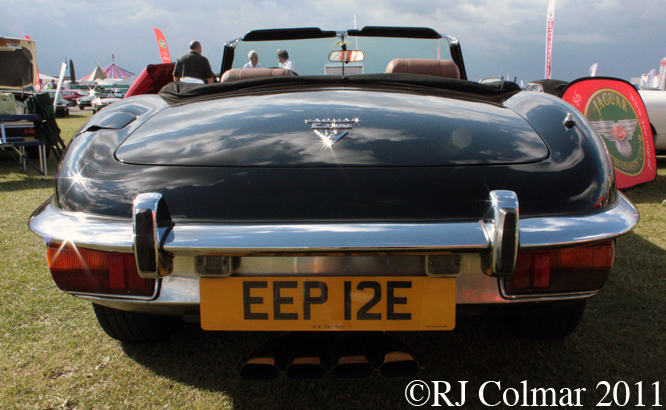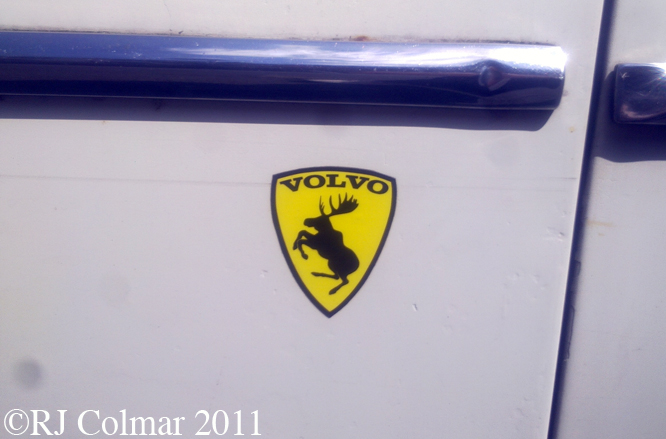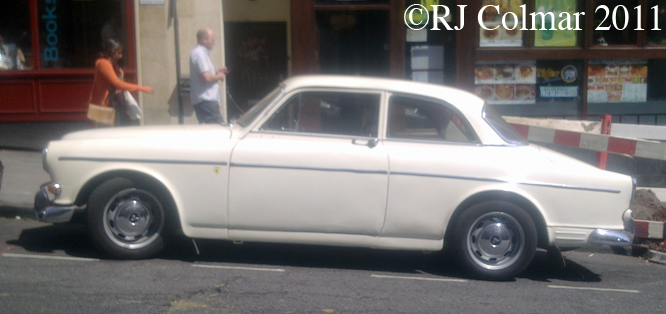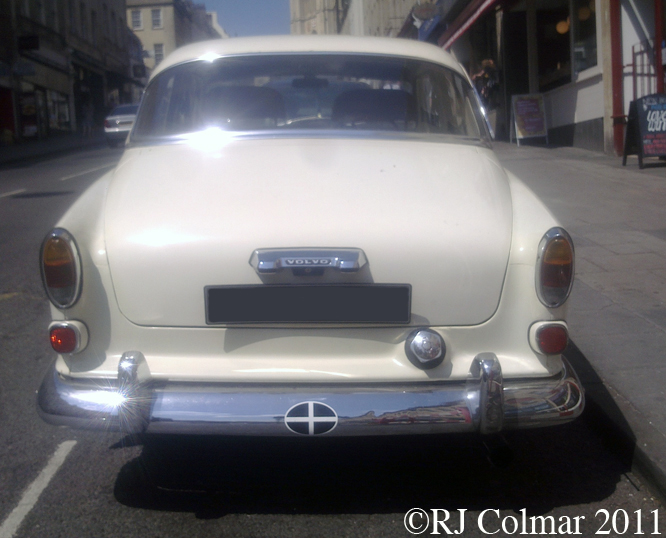At the risk of appearing parochial today’s featured vehicle, the 1964 CD 3 was not by any stretch of the imagination a great success on the track but it did point the way to aerodynamic developments that took off spectacularly in 1977 with the Lotus 78 and is still in evidence in Formula One and other top motor sports categories today.
The CD 3 would prove to be the last design to use a Panhard motor at Le Mans or indeed any non historic race. Power came from a supercharged horizontally opposed two cylinder 848 cc / 51.7 cui motor that produced up to 70 hp that drove the front wheels.
Beneath the low drag body, which has a drag coefficient, measurement of aerodynamic drag resistance, of just 0.12 was a back bone chassis with inboard disc brakes at the front and drum brakes at the rear.
This photo does not show it but beneath the rear body work is a venturi tunnel which effectively managed airflow beneath the car in such away that it was sucked to the ground, which translated means the faster it went the better it’s road holding and grip.
Despite it’s futuristic shape and aerodynamic innovation even with a top speed of 140 mph the two CD 3’s only qualified for the last two places on the grid for the Le Mans 24 hours and both retired one with mechanical maladies. The chassis #64/2, seen at Goodwood Festival of Speed here, qualified 54th for the 1964 Le Mans 24 hours driven by André Guilhaudin and Alain Bertaut and retired after completing 77 laps due to engine failure. The 55th qualified sister car driven by Pierre Lelong and Guy Verrier made it to lap 124 before the gearbox had cried enough.
As Panhard was about to be wholly consumed by Citroën who planned to switch Panhard’s production capacity to Citroën models 1964 would be the last year the CD or Panhard names would appear at Le Mans.
Charles Deutsch, CD, who had been part of the Deutsch Bonet DB partnership went on to design the body work for the 1971 Porsche 917/20 Le Mans challenger which gained a certain notoriety after being dubbed “le Cochon Rose”
Thanks for joining me on this “Engine Failure” edition of “Gettin’ a li’l psycho on tyres”, I hope you will join me again tomorrow. Don’t forget to come back now !











